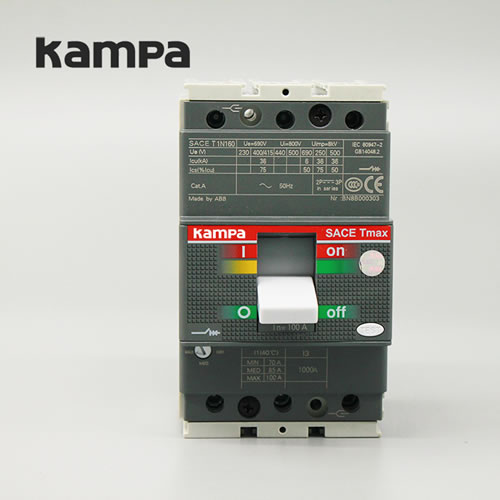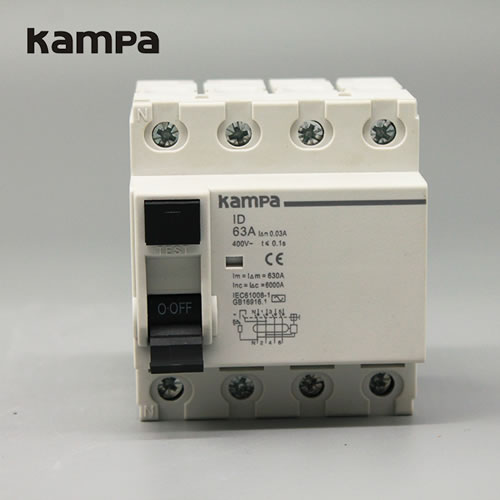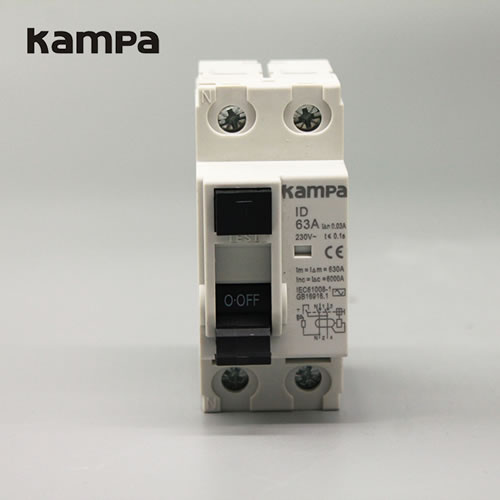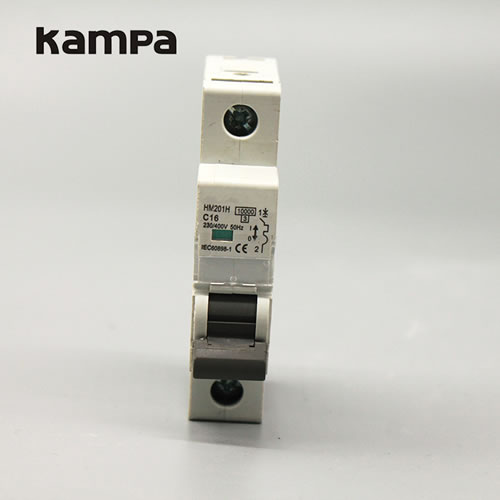Differences between miniature circuit breakers and molded case circuit breakers, air switches, and small circuit breakers
Datetime: 12/5/2022 9:46:00 AM Visit: 564
The difference between miniature circuit breakers and molded case circuit breakers
1. Different electrical parameters
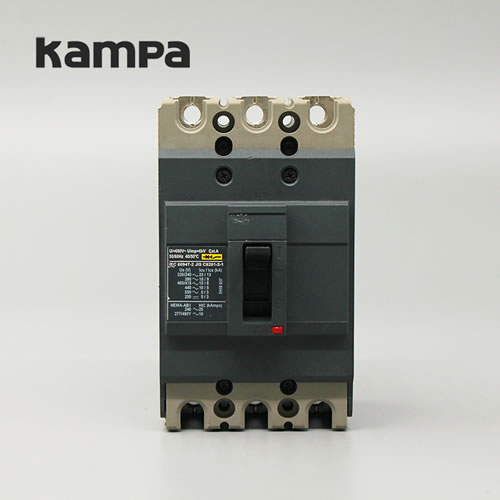
Molded case circuit breakers have a current rating of up to 2000A.
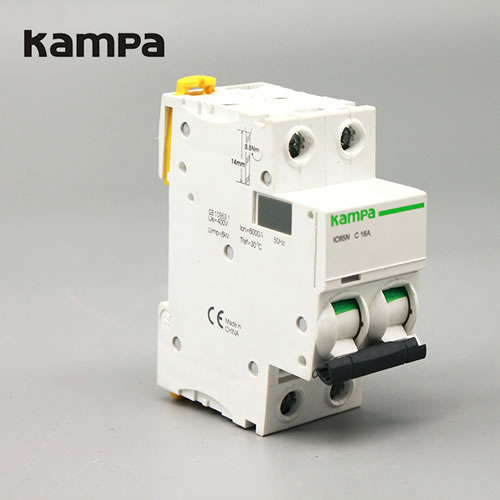
The maximum current rating of miniature circuit breakers is within 125A.
Due to the difference in capacity between the two, in specific work, the effective area of the molded case circuit breaker is also larger than that of the miniature circuit breaker, and the connected wires are relatively thick, which can reach more than 35 square meters, while the miniature circuit breaker is only suitable for connecting 10 square meters. Therefore, generally for indoor conditions, it is more suitable to choose a molded case circuit breaker for a larger room.
2. Different installation methods
Molded case circuit breakers are mainly screw-mounted, easy to compress, have good contact, and have a stable operation.
Miniature circuit breakers are mainly installed through guide rails, and sometimes poor contact is caused by insufficient torque.
Due to the different installation methods of the two, the installation of the molded case circuit breaker is more stable and less difficult than that of the miniature circuit breaker.
3. The operation method is different
The molded case circuit breaker adopts two sets of devices for protection against overcurrent and short circuits respectively, and the action value of overcurrent protection can be adjusted manually, which is convenient and quick.
Miniature circuit breakers share a set of devices for overcurrent and short circuits, and the current cannot be adjusted.
The molded case circuit breaker has a large distance between phases and has an arc extinguishing cover, which has a strong arc extinguishing ability, can withstand a larger short-circuit current, and is not easy to cause a short circuit between phases, so the service life is also longer than that of the miniature circuit breaker.
In the process of our electricity consumption, some people don't know much about miniature circuit breakers, molded case circuit breakers, miniature circuit breakers and circuit breakers. Many people will be confused. What are the differences between them? Then, the following Let me introduce the difference between miniature circuit breakers and molded case circuit breakers, small circuit breakers and air switches?
The difference between miniature circuit breakers and small circuit breakers
1. Molded case circuit breakers can be connected to thicker wires, such as more than 35 square meters. Miniature circuit breakers are only suitable for connecting wires less than 10 square meters.
2. The miniature circuit breaker is composed of an operating mechanism, contacts, protection devices (various releases), an arc extinguishing system, etc. The main contact is closed manually or electrically, the coil of the overcurrent release and the thermal element of the thermal release are connected in series with the main circuit, and the coil of the Undervoltage release is connected in parallel with the power supply.
small circuit breakers are mainly for household use and generally only have to short-circuit and overload protection, but they are small in size, low in price, and easy to maintain, so they are generally used at home. The highest cutting capacity does not exceed 10KA.
The difference between a miniature circuit breaker and an air switch
The main difference is the current level. Miniature circuit breakers are generally below 63A, molded case circuit breakers are generally below 630A, and air circuit breakers are generally above 630A. When the circuit is short-circuited or seriously overloaded, the armature of the over-current release will pull in to make the free-tripping mechanism act, and the main contact will disconnect the main circuit. When the circuit is overloaded, the thermal element of the thermal release will generate heat to bend the bimetal sheet, pushing the free release mechanism to act. When the circuit is Undervoltage, the armature of the Undervoltage release is released. Also activates the free-tripping mechanism.
Under normal circumstances, the armature of the overcurrent release of the air switch is released; once a serious overload or short circuit fault occurs, the coil connected in series with the main circuit will generate a strong electromagnetic attraction to attract the armature downward and push it up. Unlock the hook to open the main contacts. The work of the Undervoltage release is just the opposite. When the voltage is normal, the electromagnetic attraction attracts the armature, and the main contact can be closed. Once the voltage drops severely or the power is cut off, the armature is released to open the main contacts. When the power supply voltage returns to normal, it must be re-closed before it can work, realizing the voltage loss protection.


